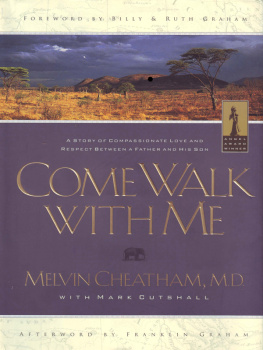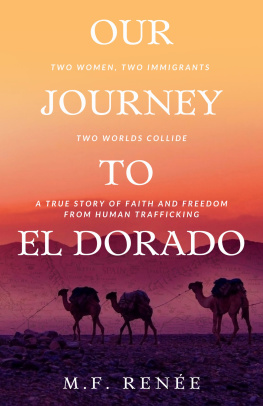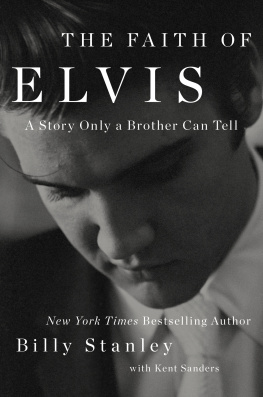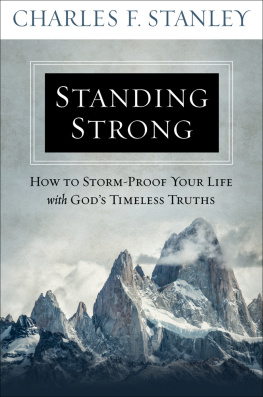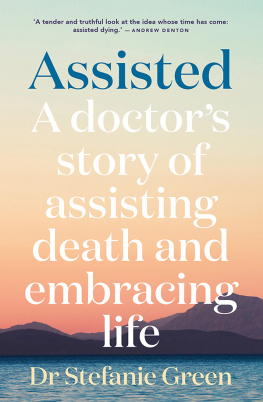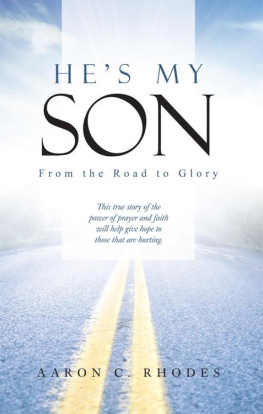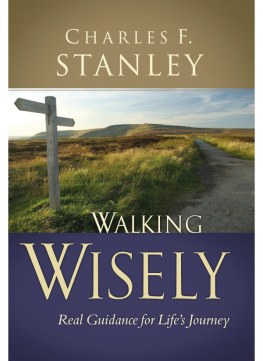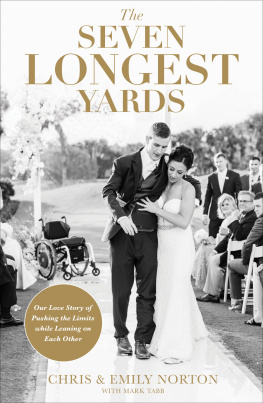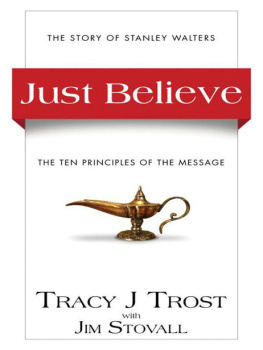
COME WALK
WITH ME
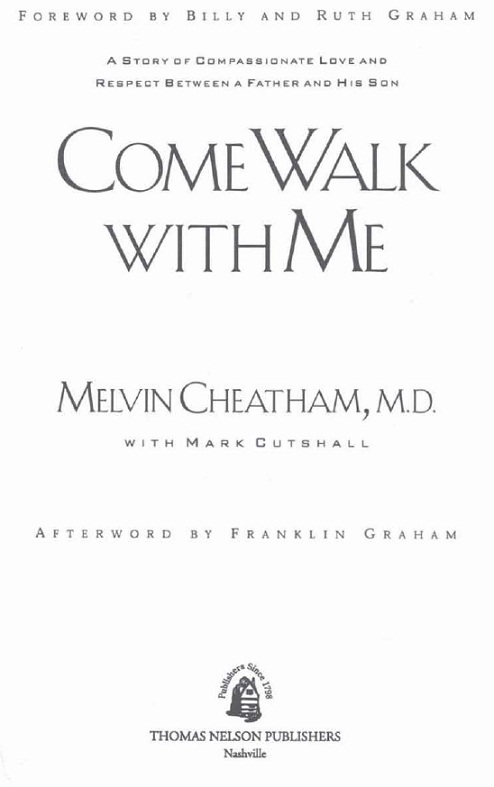
Copyright 1993 by Melvin L. Cheatham.
All rights reserved. Written permission must be secured from the publisher to use or reproduce any part of this book, except for brief quotations in critical reviews or articles.
Published in Nashville, Tennessee, by Thomas Nelson, Inc.
Scripture quotations designated NKJV are from The Holy Bible: New King James Version, 1982 by Thomas Nelson, Inc., Nashville, Tennessee.
Library of Congress Cataloging-in-Publication Data
Cheatham, Melvin L.
Come walk with me / Melvin L. Cheatham, with Mark Cutshall.
p. cm.
ISBN 0-8407-4249-5 (pbk.) 0-7852-8291-2 (cb)
1. Cheatham Melvin L. 2. Missionaries, MedicalKenyaBiography. 3. Cheborge, Stanley. I. Cutshall, Mark. II. Title.
R722.32.C39A3 1993
610.695dc20
93-4069
CIP
Printed in the United States of America
3 4 5 6 7 8 9 BVG 02 01 00 99 98 97


DEDICATION
Come Walk with Me is dedicated to the many Christian servants who seek out the sick, the hungry, the suffering, the forgotten, and minister to them in the name of Jesus Christ. The names of some of these people are found within the pages of this book. Countless others around the world will not be known, as they continue their lives of giving.
Special words of dedication are given to Jane Jones, editor of this project. Janes heart was deeply touched by the story of Stanley Cheborge. Shortly after editing my manuscript, Jane died of an inoperable brain tumor.
To my mother, who read Bible stories to me as a child, and to my father, who was my friend and inspiration, I owe untold thanks.
To my wife, Sylvia, who has been my partner in all of life, and courageously so in times of service with World Medical Mission; and to our children, who have supported all our efforts, I dedicate this book.
Finally, I give God the glory for the lives portrayed in this book, for the wonder of life, for His love and blessings, and for those who answer the call of Christ to Come Walk with Me.
Melvin L. Cheatham, M.D.
CONTENTS


Come Walk with Me will challenge and inspire you. It will grip, inform, and entertain you. And when you are finished reading, you will be changed. Youll say, Here I am, Lord. Do with me whatever You want. And He will. Then youll know a joy and a fulfilling youve never experienced before.
This is a story of medical missions and the untiring service of Christians who have committed their lives to helping others. But it is more than that. It is the story of lives-lives that know sorrow and happiness, illness and health, death and new life. It is the story of people who share the Good News of Jesus Christ wherever they go.
Missionary medicine has always had a special place in our hearts. Dr. L. Nelson Bell, Ruths father, served as a medical missionary in China for twenty-five years, and he had great influence on our lives. Knowing Mel and Sylvia Cheatham as they serve with our son, Franklin, in the work of Samaritans Purse and World Medical Mission has enriched us, too.
In this book the Cheathams open their hearts to tell you the story of the Lords working through His servants. They share with you a glimpse of life in the African bush, and the compassionate, loving respect of a son for his father and a father for his son. Come Walk with Me will move and stimulate you. It will bring tears to your eyes, and you wont be able to put it down.
May its message encourage you to go out and love your neighbors, to feel greater compassion for those who suffer, and to do what you can to care for the sick.
Wont you join hands with us and other Christians around the world as we seek to serve in our Lords name? Come, well walk together.
Billy and Ruth Graham


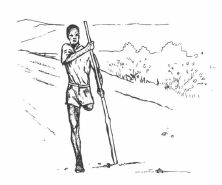
The smell of sickness hung in the air at Tenwek Hospital. It greeted me like a familiar companion on a day that has never faded from my memory. In fact what happened that morning changed my life forever, both as a physician and as a follower of the Great Physician.
Come back with me and you will begin to understand.
Returning in my memory to the small operating room of the 250-bed hospital in western Kenya is like looking through a mental scrapbook and finding a favorite photograph. The images are still sharp and clear-the heavy overhead surgical lights, the tired, ancient operating table, the gracious Kenyan nurses. A single, sparsely filled cabinet stands against the wall, and the anesthesia machine looks old enough to be an antique. I reach to pick up the photograph and my memories come to life, again.
My translucent rubber gloves touched his black skin. Preparation for the surgery was almost complete. Anesthesia would soon bring a complete loss of feeling from his lower rib cage to his toes. A gray wool Kenyan blanket elevated his hips, freeing his abdomen so he could breathe more easily.
The anticipation that always precedes surgery began to build inside me like a slow fire. The mounting emotion was no different from the feelings that had preceded the thousands of other surgeries I had performed back home in California. The difference was that I was in Kenya, more than 10,000 miles from home. I was in a mission hospital, a facility that provided the only medical care available in a large area that was home to 300,000 Kenyan natives. I was a medical mission volunteer.
Less than forty-eight hours before, my plane had touched down on the grassy earth of East Africa. Now I was looking down at a twenty-six-year-old Kipsigis tribesman named Stanley and preparing to operate on his spine. And I was as unaware as he was of what the next few hours would bring.
I held the surgical knife firmly in my right hand and placed the blade against the skin over his lower spine. Then I drew the edge downward. The incision created a small chasm. After a moment the bleeding began.
Short bursts of electric fire from the electrocautery sealed each small blood vessel as it erupted, and I progressively deepened the incision until I could feel his spine. Then I stripped and separated the muscles from their attachments to the bone. Below this lay the cause of Stanleys pain.
I needed to see the problem, for the facilities of Tenwek Hospital were unable to provide the kind of information I was accustomed to having before surgery. I had a hunch or two, but I really didnt know what I would find.
Biting away the bone, I exposed the spinal cord sac. Through its bluish-gray transparency I could see the spinal nerves floating in the fluid. For a moment I saw the intersection of a doctors career and a young mans life, and I wondered why Africa? And why Mel Cheatham?
Next page
